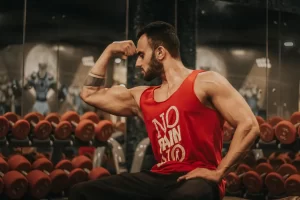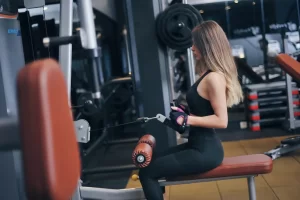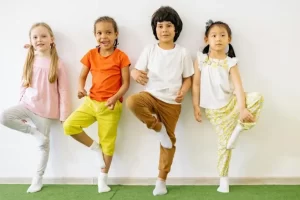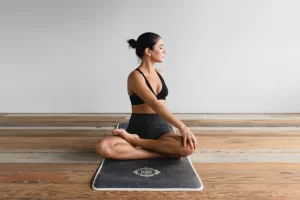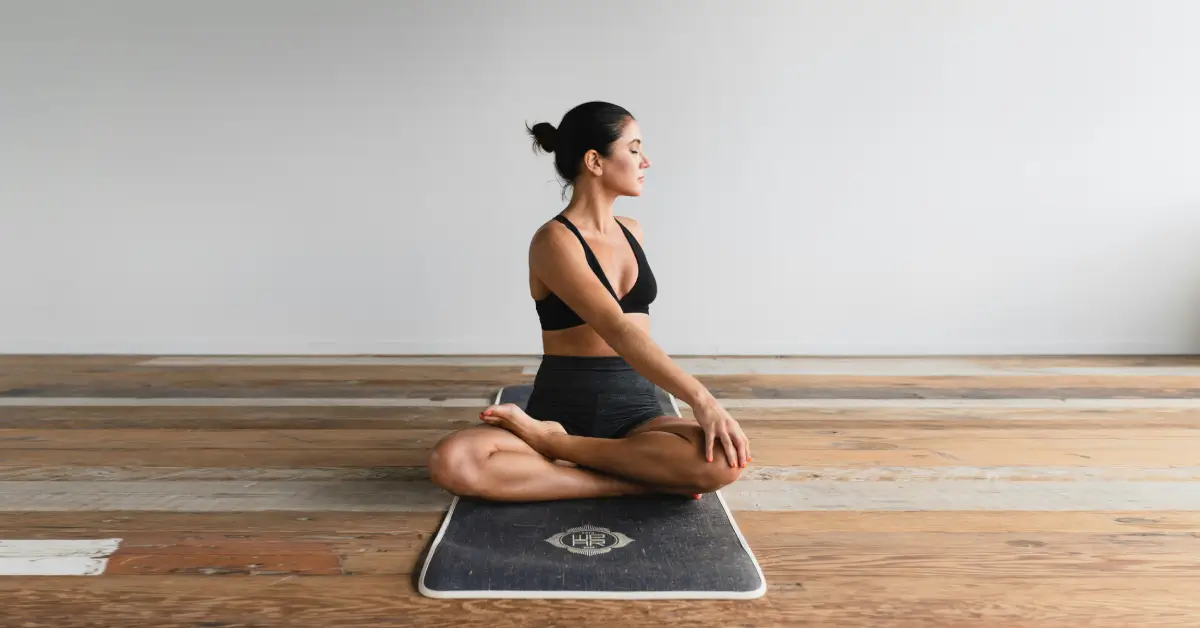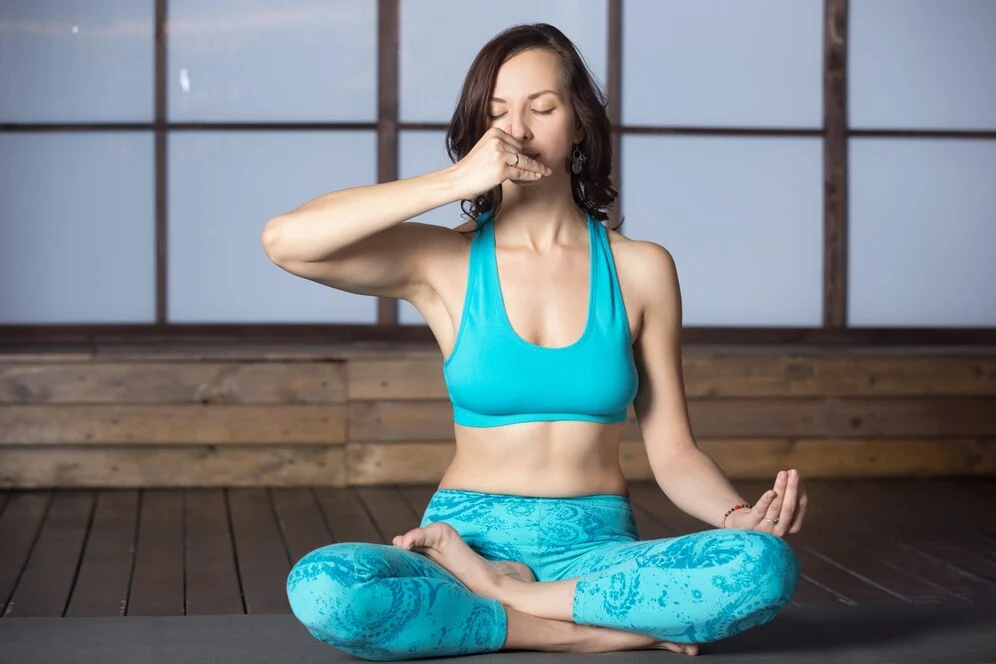Welcome to our beginner-friendly yoga session, where we’ll explore seven foundational yoga poses suitable for all age groups. This easy-to-follow guide is designed to introduce you to the basics of yoga, helping you to start your journey towards better health, flexibility, and mental clarity. All you need is a yoga mat, some pillows or a bolster for support, and a book to assist with certain poses. Let’s dive in and explore these poses together.
Sukhasana (Easy Pose)
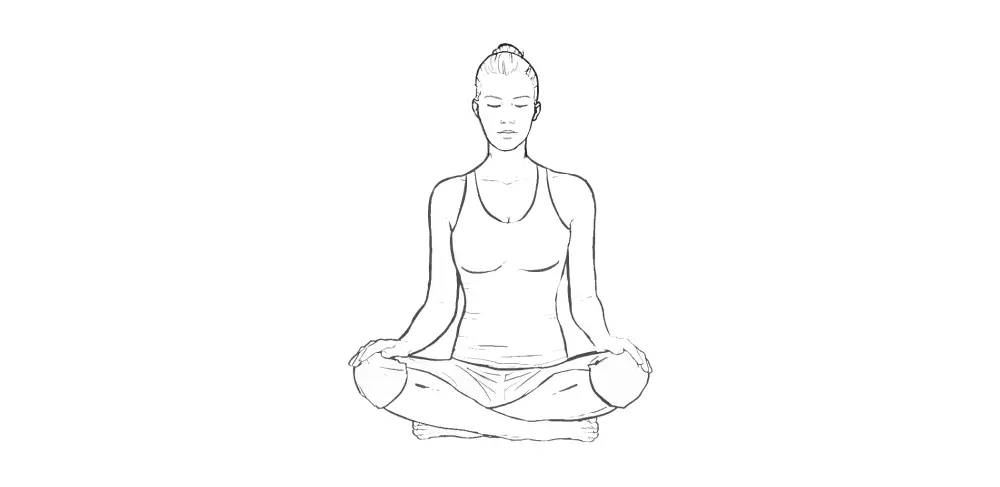
Begin your yoga practice with Sukhasana, a fundamental seated position that helps in grounding and centering your mind and body. Sit cross-legged on the mat, ensuring your spine is straight and your shoulders are relaxed. For additional support, place a pillow under your hips. Focus on your breath, taking deep inhales and exhales to prepare yourself for the session.
Parivritta Sukhasana (Seated Twist)
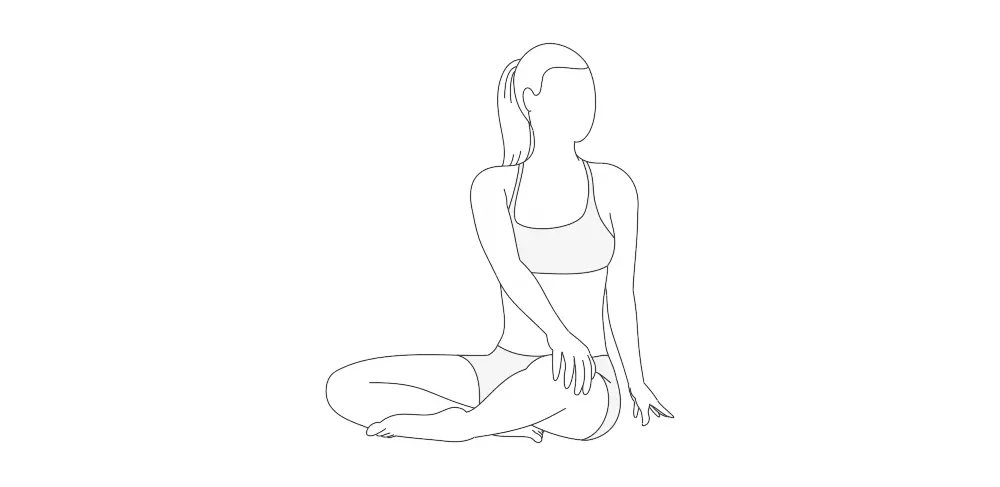
Introduce a gentle twist to your spine with Parivritta Sukhasana. From the Easy Pose, place your left hand on your right knee and your right hand behind you. As you inhale, lengthen your spine, and as you exhale, gently twist to the right. This pose aids digestion and detoxifies your body. Repeat on the opposite side to maintain balance.
Baddha Konasana (Butterfly Pose)

Open your hips with Baddha Konasana. Sit with the soles of your feet together and your knees dropped to the sides. Use pillows under your knees for support if needed. This pose is excellent for relieving tight hips and relaxing your lower back, especially beneficial for those who sit for long periods.
Marjaryasana-Bitilasana (Cat-Cow Stretch)
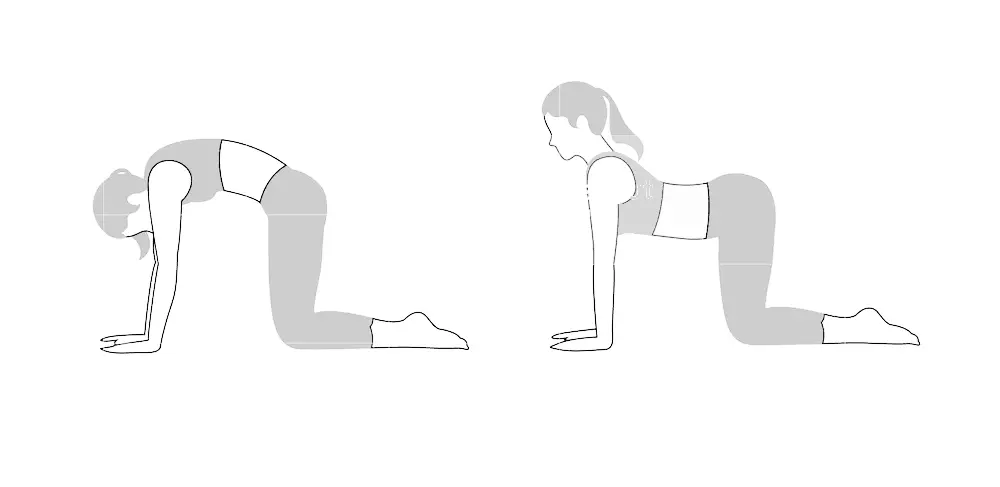
Transition to your hands and knees for the Cat-Cow Stretch, a dynamic flow that enhances spine flexibility. Inhale as you drop your belly and lift your head (Cow Pose), and exhale as you round your spine, tucking your chin (Cat Pose). This movement promotes a healthy spine and stimulates your digestive tract.
Tadasana (Mountain Pose)

Stand up for Tadasana, a foundational standing pose that teaches proper alignment and posture. Stand with your feet slightly apart, engaging your leg muscles and lengthening your spine. Raise your arms overhead for an added stretch. This pose strengthens your legs and improves your balance.
Trikonasana (Triangle Pose)
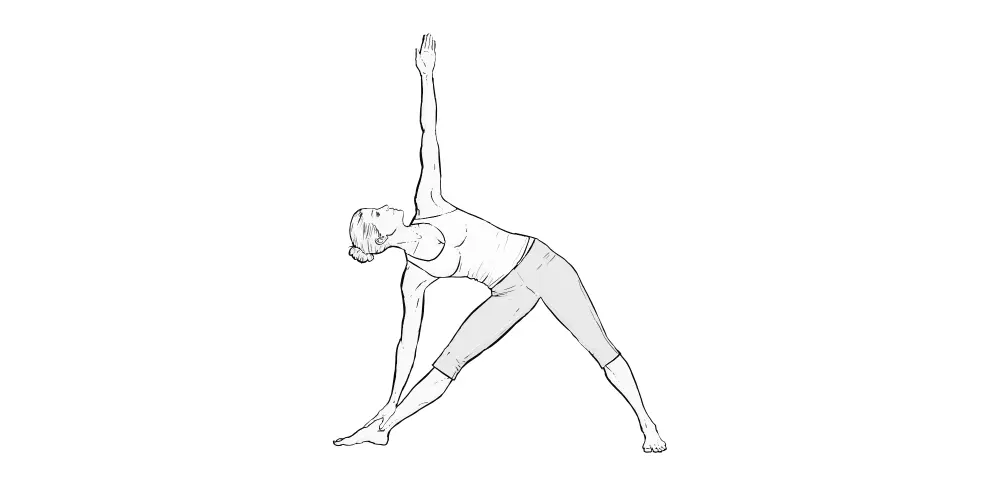
From a standing position, step your feet wide apart and extend your arms. Turn your right foot out and hinge at your hip to lean over your right leg, keeping your waist long and your chest open. Trikonasana stretches and strengthens the thighs, knees, and ankles, while also stimulating the abdominal organs.
Vrikshasana (Tree Pose)
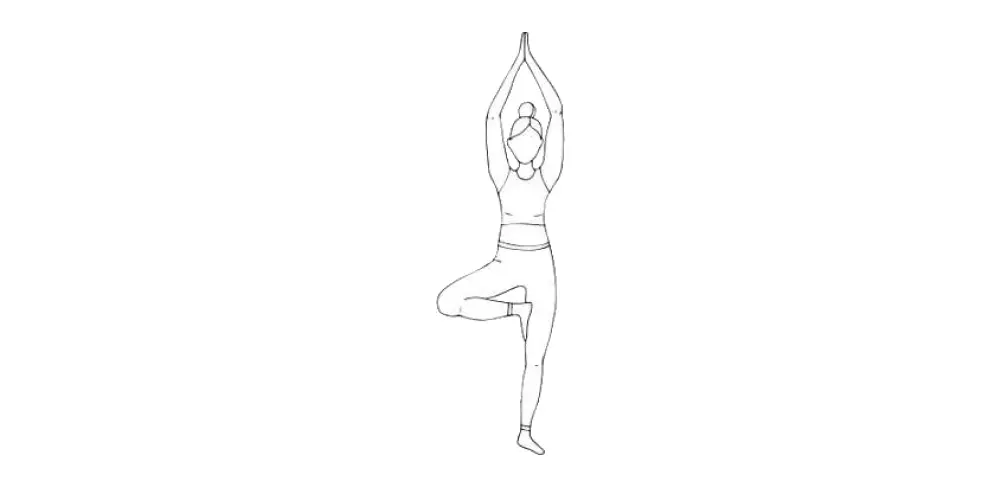
Finish with Vrikshasana, a balancing pose that strengthens your legs and core while improving focus. Stand in Mountain Pose, then shift your weight onto one leg and place the sole of your other foot on your inner thigh or calf (avoid the knee). Bring your palms together in front of your heart or raise them above your head. Repeat on the other side.
Conclusion After completing these poses, take a moment to sit in Sukhasana or lie down in Shavasana (Corpse Pose), allowing your body to relax and absorb the benefits of your practice. Remember, yoga is about progress, not perfection. Be patient with yourself, breathe deeply, and enjoy the journey.
This beginner’s guide to foundational yoga poses is designed to be accessible and enjoyable for individuals of all ages. Whether you’re new to yoga or returning to practice, these poses offer a balanced starting point for developing strength, flexibility, and inner peace.

